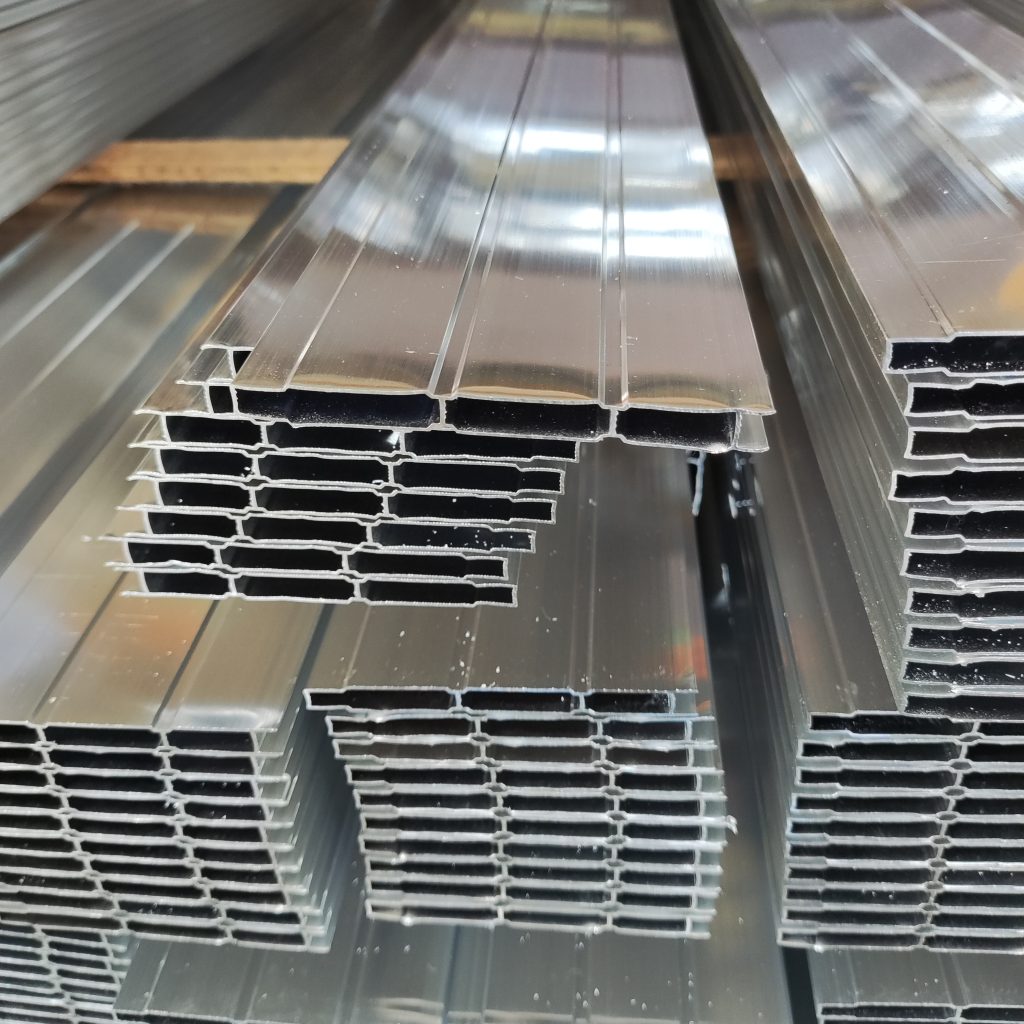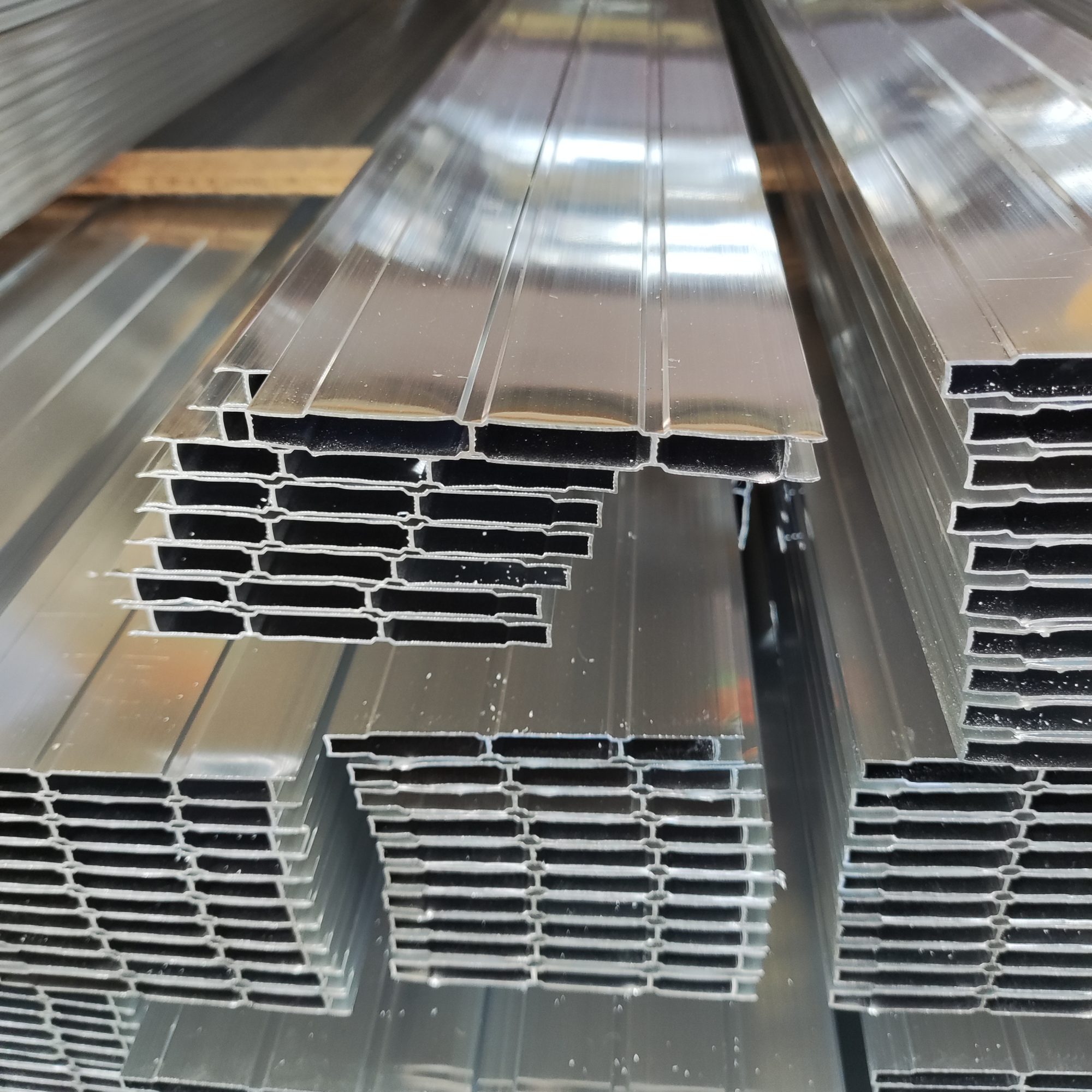Aluminum: The Game-Changer in Agricultural Grain Storage
The agricultural industry has long sought materials that can improve efficiency and reduce waste, and aluminum has emerged as a key player, especially in grain storage facilities. Its adoption marks a significant shift in the way we approach agricultural storage solutions.
The Role of Aluminum in Grain Storage
Aluminum’s journey in agriculture began with its use in grain storage, thanks to its numerous advantages. For instance, in 1981, Latvia built six aluminum storage units, each capable of storing 1,500 tons of food, exemplifying the material’s effectiveness. Similarly, Zhengzhou, Henan, witnessed the construction of a significant aluminum alloy plate granary, with a capacity of over 12,000 tons.
Advantages of Aluminum Alloy Granaries
The benefits of using aluminum alloy in granaries are manifold. They offer rapid construction, cost-effectiveness, and are light yet strong and durable. Their excellent air tightness and stable storage temperature are vital in preserving grain quality and reducing losses.
Innovations in Grain Storage: Aluminum’s Contribution
Aluminum has brought innovation to both large mechanized silos and smaller household granaries. In large-scale storage, aluminum facilitates mechanization and automation, while in rural areas, small household aluminum alloy granaries are becoming increasingly popular. These granaries, ranging from 4 to 100 tons, are instrumental in improving grain storage and can be equipped with ventilation and fumigation devices in larger models.
Addressing Storage Challenges in Rural Areas
In rural areas, where a significant portion of grain storage occurs, aluminum plays a crucial role in reducing losses due to pests and environmental factors. These small, yet efficient aluminum granaries are a step forward in addressing the storage challenges faced by rural populations.
Aluminum’s Impact on Grain Quality and Public Health
The use of aluminum in granaries directly impacts the quality of stored grain, thereby benefiting public health. Enhanced grain quality, reduced contamination risks, and better storage conditions are some of the direct benefits of aluminum granaries.
Conclusion
The introduction of aluminum into agricultural grain storage has been a game-changer. Its ability to address key storage challenges while improving efficiency and grain quality positions aluminum as a material of the future in agricultural practices. As we continue to innovate and improve agricultural methods, the role of aluminum will undoubtedly expand, offering new possibilities and solutions in this vital sector.

